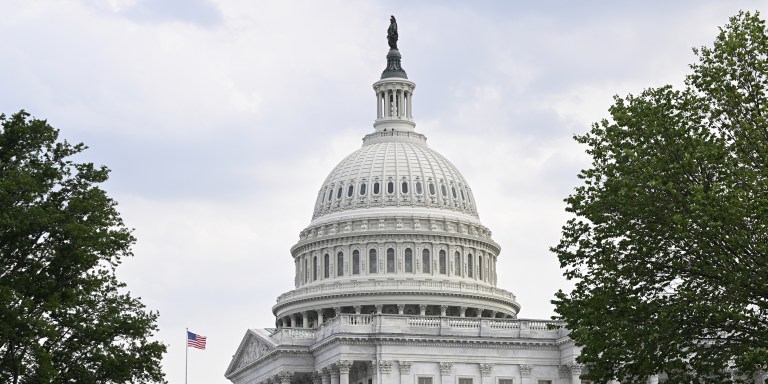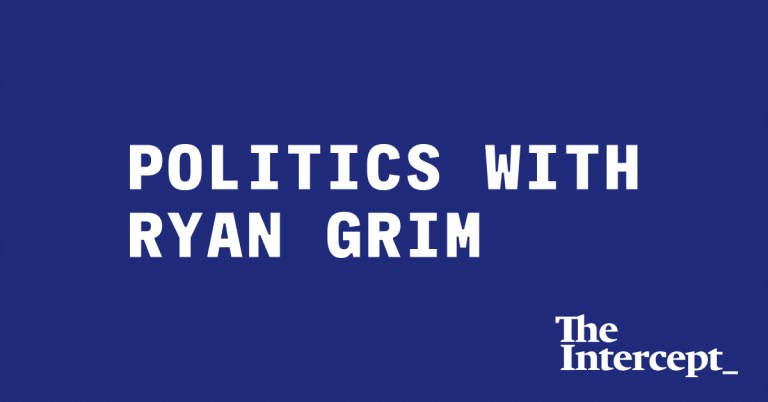Subscribe to the Somebody podcast on Apple Podcasts, iHeart Radio, Google Play, Stitcher, and other platforms.
Shapearl Wells arrived at the office of the Invisible Institute, the nonprofit journalism studio where we work on the South Side of Chicago, on an afternoon early in 2017, armed with a large stack of documents she had collected in the course of investigating the 2016 murder of her 22-year-old son Courtney Copeland.
It proved a fateful meeting. Shapearl spoke for the better part of an hour with quiet authority and a deep ground note of emotion, while effortlessly plucking from the pile of papers on the table in front of her the particular document she needed to illustrate the point she was making. A mother grieving the immeasurable loss of her son, she was remarkably measured in laying out what she had learned about the circumstances of his murder, the inconsistencies and anomalies in what she had been told by the police, and her hypotheses about what may have happened the night he was killed.
What struck us, above all, was Shapearl’s awareness of what she knew and what she didn’t know, what she could prove and what she could only speculate about, coupled with her fierce determination as a mother to learn everything she could possibly learn about the last moments of her son’s life.
She had reached out to us via email several weeks earlier. She was moved to do so by our role in bringing the police killing of Laquan McDonald to public attention. Late in 2015, the release of dashcam video showing a police officer shooting the 17-year-old boy 16 times had precipitated an unprecedented political upheaval in Chicago. Horror at what the video showed — the execution of a child on a city street — was compounded by the fact that the city had withheld it from the public for 13 months. A cascade of events swiftly followed: The police superintendent and the head of the agency that investigated police shootings were fired; the state’s attorney was voted out of office; a task force appointed by the mayor stated that Chicago police “have no regard for the sanctity of life when it comes to people of color”; and the U. S. Department of Justice concluded on the basis of a massive investigation that the Chicago Police Department engages in an unconstitutional pattern of excessive force and deadly force, particularly against black and brown residents.
Taken together, the cratering of institutional legitimacy brought on a crisis of the civil order from which the city is still emerging. The McDonald revelations at once confirmed longstanding distrust of the police in black neighborhoods and deepened that distrust. Perhaps the single most telling measure of this collapse of public trust is the CPD’s homicide clearance rate — the percentage of cases in which the police identify a suspect (regardless of whether that person is ever arrested, charged, or convicted).
In 2017, the clearance rate for murders that occurred during that year was 17.5 percent; police identified suspects in 114 of 650 murders — less than 1 in 5. (According to a police source, that rate would be even lower if “domestics” — i.e., cases in which investigation was not required to identify the perpetrator — were removed.) Moreover, the clearance rate when the victim is black is significantly lower than for cases in which the victim is white or Hispanic.
The clearance rate for nonfatal shootings is even more dismal. In 2017, the police solved 7.2 percent of the nonfatal shootings that occurred that year. Viewed from the perspective of communities besieged by violence, this figure translates into 93 percent impunity for shooters.
City and police officials regularly plead with community members to cooperate with police investigations and berate them for failing to do so, attributing lack of cooperation to fear of retaliation and the so-called no-snitch rule. The DOJ report on its investigation of the CPD tells a different story:
The many family members of homicide victims with whom we met … expressed a lack of confidence in CPD because of how they had been treated. Their experience with CPD after a family member had been murdered had made them feel that CPD does not genuinely care about the murders of young black men and women, and do too little to investigate and resolve those homicides.
That is the context in which Shapearl Wells reached out to us for help in investigating the murder of her son. “I don’t have a smoking gun that shows CPD killing my son,” she wrote, but “as a mother I’m looking for answers and CPD is doing everything to make sure I never get them.”
We agreed to join Shapearl in her investigation. Today, three years later, we release the investigative podcast series Somebody, narrated by Shapearl, that tells the story of that investigation.
At about 1:15 a.m. on March 4, 2016, Courtney Copeland was shot in his maroon BMW convertible. He drove around the corner to the 25th District police station where he flagged down an officer for help. An ambulance was summoned, but Courtney’s heart stopped en route to the hospital. He was pronounced dead about 45 minutes after being shot.
Despite reports of two shots fired, police never found a bullet, other than the one lodged in Courtney’s neck. There was also no blood in the BMW, which seemed to contradict the notion that Courtney was shot inside his car. And then there was an alarming account from the emergency room nurse who received Courtney, along with a paramedics’ record, indicating that he had arrived in police handcuffs. This only deepened Shapearl’s suspicions about her son’s interactions with officers that night.
Perhaps these discrepancies could be explained, we thought.
But the behavior of the police was highly suspect. The city refused to release video footage from neighborhood surveillance cameras that showed Courtney pulling up to the station for help. And when Shapearl pleaded with detectives to do more to investigate her son’s murder, including interviewing the on-scene officers that night, they responded by berating her.
Together, we challenged official secrecy and eventually obtained the videos. What they revealed opened up new lines of inquiry.
We won’t divulge more about our investigation here, other than to say that Shapearl did what the police didn’t do, what they won’t do, particularly for black victims. While detectives only documented interviews with a handful of people, we interviewed dozens. We consulted medical and forensics experts. We tracked down new evidence. And we surfaced a compelling list of suspects in Courtney’s murder.
In the end (though in stories like this one there never truly is an end), we are left with what we know happened to Courtney, what we know we’ll never know, and what we know can’t possibly be true.
Somebody is Shapearl’s story. She is the narrator of the series, its protagonist and central voice. This is a departure for the genre of investigative journalism podcasts, which are typically hosted by reporters rather than by those who have directly suffered the injustices that journalists like us build careers on by exposing. We only appear from time to time, as the investigation unfolds, to perform narrative housekeeping functions.
It has been our privilege to accompany Shapearl on her quest for justice. We invite you to join us on the journey by subscribing to Somebody.





